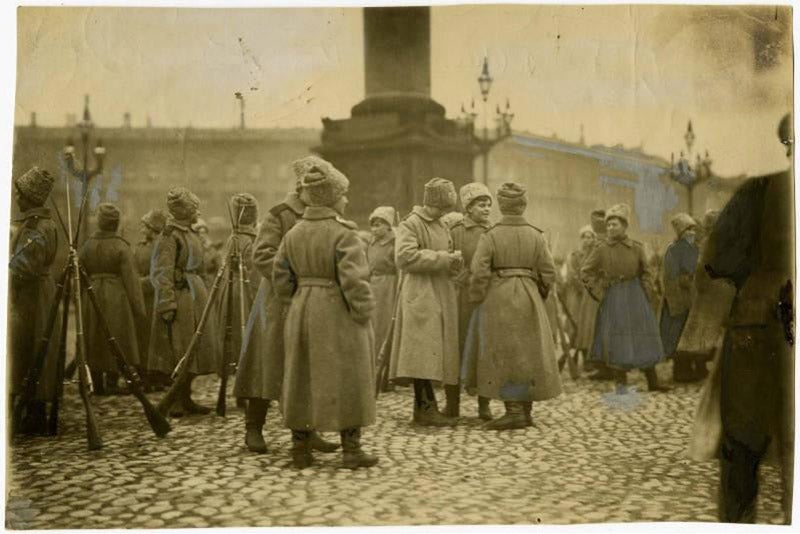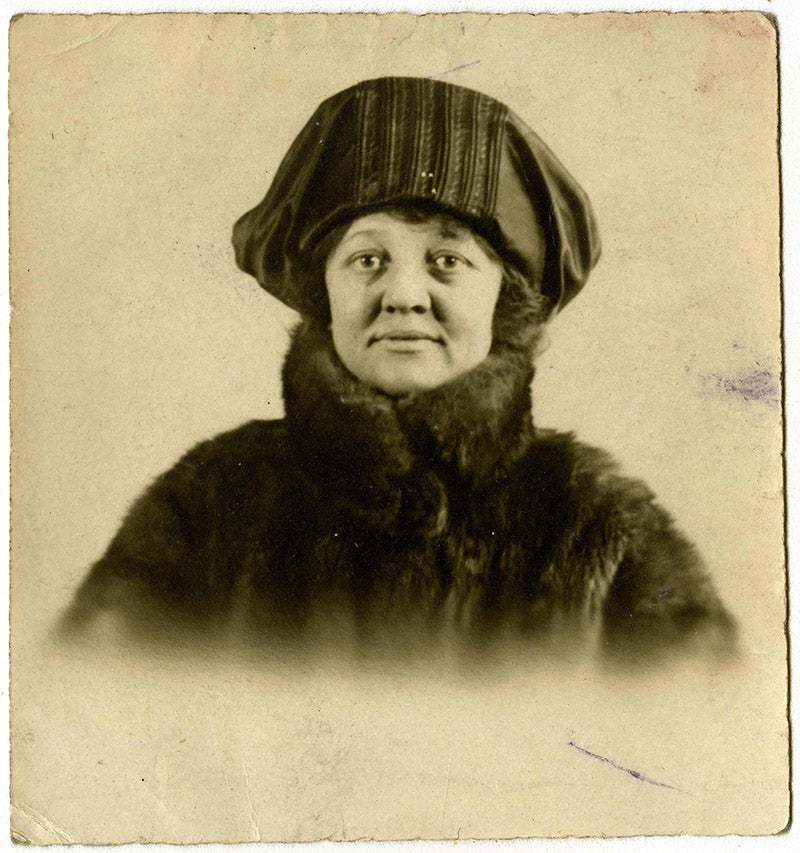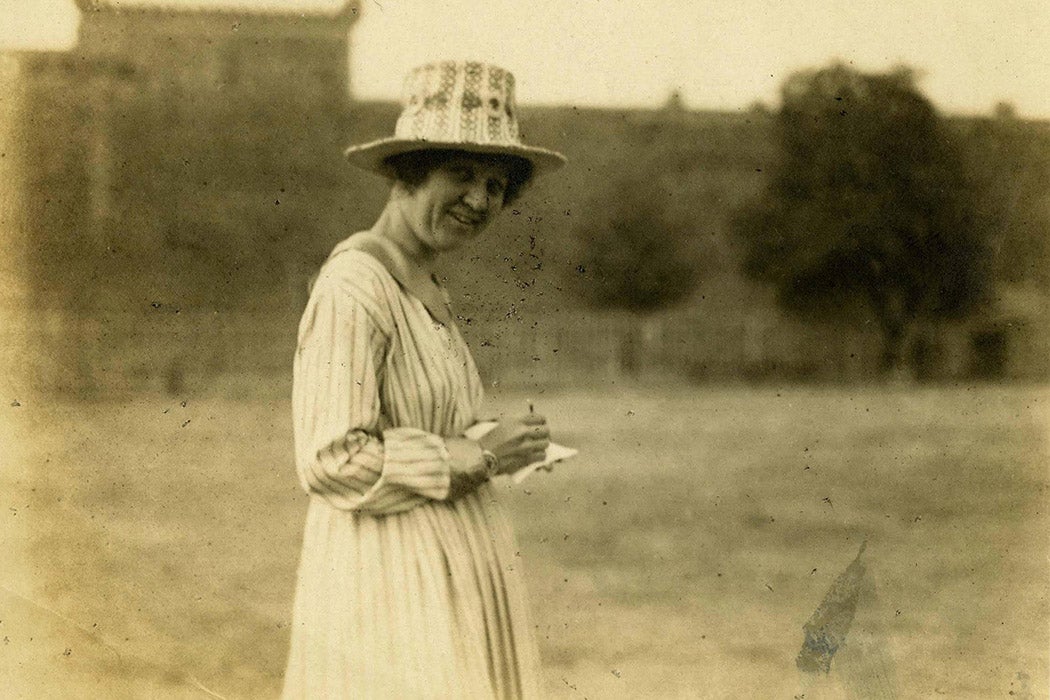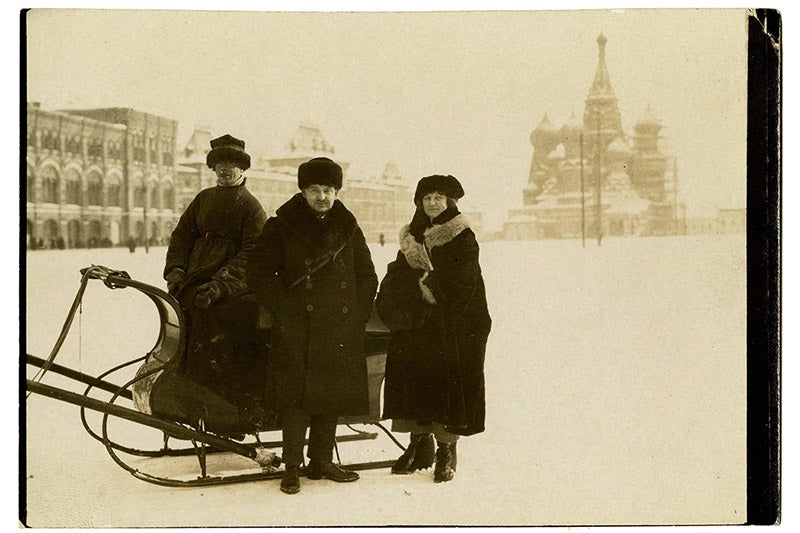In 1907, twenty-one-year-old college student Bessie Beatty embarked by rail from Los Angeles to Goldfield, Nevada, a mining boomtown about 400 miles north. A journalist for the Los Angeles Herald, Beatty was traveling to report on the Goldfield Labor Wars, a series of important contests between mine owners and miners’ unions.
Animated by America’s last gold rush, Goldfield was a lively city, if singularly focused. “People have no time to be amused,” Beatty wrote, “and if they had time they would not care for it. The game they are playing is more fascinating than any man has ever devised.” For Beatty, that game was the contest between labor and capital. That year, the local Goldfield mining union, a partnership between the Western Federation of Miners (WFM) and Industrial Workers of the World (IWW), won two major victories, securing higher wages for skilled and unskilled laborers and a voice for the union in workplace policies concerning theft. Labor’s boosted morale was short-lived; later that winter, federal troops were sent to occupy the town.
Weekly Newsletter
Beatty was transfixed by the events of Goldfield. They shined brightly, she wrote, in “the blackness and vast barrenness of the desert.” The sparkling city represented the promise of labor’s power, and her experiences there would shape the rest of her life’s work.
In 1908, Beatty moved back to California and was hired as a reporter for the San Francisco Bulletin, having gained the attention of managing editor Fremont Older, writes historian Lyubov Ginzburg. Her column, “On the Margin,” covered a variety of progressive topics, including women’s suffrage. In 1912, she published a collection of her articles under the title, A Political Primer for the New Voter, which was advertised as a handbook for the recently enfranchised, including California women, who had won the right to vote the year before.
The primer had a “clear and simple style…intelligible to every one capable of exercising the franchise,” according to Congressman William Kent, who authored the primer’s introduction. It covered a range of issues, such as the election process, the branches of government, the history of political parties, and different economic theories. Beatty focused on socialism in particular. “The Socialist contemplates a higher individualism as the ultimate result of a collectivism which will provide opportunity for every human being,” she wrote.
For Beatty, women’s suffrage was directly tied to the plight of labor, exemplified by the crusade for an eight-hour workday, a measure on the ballot in California. “To protect human life costs money. It cuts down on profits,” she wrote. “[T]he question for humanitarians to consider is not how to make it possible for women to work more than eight hours, but how they may secure sufficient wages for eight hours’ work to enable them to live.” The primer echoes with insights gleaned from Beatty’s time in Goldfield, where radical organizers like the IWW’s Vincent St. John had led the fight for workers while also portending the internationalist valence of the emergent radical suffragist movement in America.
The Red Heart of Russia
Socialism’s “international character” took on new meaning for Beatty several years later, when she convinced her superiors at the Bulletin to send her to the heart of the Russian Revolution as a war correspondent. She set forth by steamship from San Francisco in April 1917, just two months after the Revolution. The country was, she described in a farewell column to readers, entrenched “in the most dramatic moment of its history…freeing itself from the bondage which all the world–save Russia–accepted as its inevitable and changing fate.”
For feminists like Beatty, the Russian cause was intimately tied to that of the suffragists. Historian Julia L. Mickenberg writes that in June 1917, the National Woman’s party (NWP) picketed outside of the White House as President Woodrow Wilson met with Russia’s provisional government to gain the country’s support in the fight against Germany in the First World War. “America is not a democracy,” their signs read. “Tell our government that it must liberate its people before it can claim free Russia as an ally.”
That same month, Beatty arrived in Petrograd (modern-day St. Petersburg) on the Trans-Siberian Express, at a time when “[f]reedom was young…like the spring, like the leaves on the trees.” She soon found that “the Revolution that overthrew the Tsar and absolutism was a simple thing, beautifully logical, gloriously unanimous.” What came after was more fraught as the Russian people “began to be specific” about the kind of freedom they desired. “Revolution was to every man the sum of his desires,” Beatty reflected later.

For eight months, she reported from Petrograd, chronicling the country’s complicated politics as well as its continued efforts against Germany, while world war raged alongside internal revolution. Beatty’s interest in the rights of women inflected her observations of the very different gender relations in Russia. “There was no feminist movement,” she asserted. “Instead of becoming feminists, [women] became Cadets, Social Revolutionist, Mensheviki, Maximalists, Bolsheviki, Internationalists, or attached themselves to one or another of the parties and shadows of parties.” When Beatty interviewed soldiers from “the headquarters of the Women’s Battalion,” one told her, “I love all arms. I love all things that carry death to the enemies of my country.”

Despite her fascination with the role of women in revolutionary Russia, Beatty realized that women there lacked active political representation. They were relegated to the background in meetings. “Their hopes were invested in the success of the Revolution just as firmly as those of their men, but they had less time for talking,” she wrote. Beatty, meanwhile, sat in the political heart of the revolution, reporting on, interviewing, and even shaking hands with famed revolutionaries including Leon Trotsky. Her most perilous days were at the end of her stay, during the upheaval of the October Revolution. Caught in the telephone building near the Winter Palace, she watched the battle between the Bolsheviks and the provisional government’s military as the former seized control of government buildings.

In January 1918, Beatty declared “the dictatorship of the proletariat…a fact,” having witnessed the final arrests of the members of the provisional government as the Bolsheviks transformed the capital into an “armed camp.” She departed from Petrograd soon after, describing the city as swathed in tragedy and terror. Though she remained sympathetic to the revolution, Beatty left with a nuanced take on events, proposing that only time would “be able to put the Bolsheviki and the Mensheviki, the Cadets and the Social Revolutionists, in their proper pigeonholes.”
Upon her return to the United States, Beatty continued writing on Russia, reflecting upon the meaning of the Revolution and publishing a collection of her reporting from Petrograd, titled The Red Heart of Russia. She later returned to the country in a 1921 trip for Good Housekeeping and Hearst’s International Magazine, interviewing Trotsky, Vladimir Lenin, Georgy Chicherin, and Mikhail Kalinin.
During the height of the first Red Scare in January 1919, she was called before the Overman Committee to testify on the Bolshevik regime. Deliberately taciturn, she “refused to condemn the Bolsheviks,” according to Mickenberg, recognizing that the committee sought to slander American socialism and the country’s powerful suffragist movement as Bolshevik propaganda. Though not a Bolshevik, Beatty told the committee “I think that we should try and understand what they are attempting to do…to take the earning power out of money.”
A New Era
Beatty’s interest in leftist politics and the American labor movement continued in New York City, where she assumed a position as editor at McCall’s Magazine in 1919. McCall’s publishers introduced her to readers as part of “the front rank of the progressive women on the Pacific Coast,” endowed with a vital international view. “Miss Beatty’s ideas on what women and children want are based not only upon what she knows of the West; she has lived with the women of Sweden and Norway, of China and Japan, of our North and our South and our East–she knows women and children everywhere,” they wrote.
With the passage of the 19th Amendment by Congress in 1919, women’s political participation took on new meaning. Now that they had the vote, women assumed equal responsibility for the country’s economic and social ills. As Beatty asked in the October 1919 issue of McCall’s, “The fault will soon be ours if the world is not a happier place for the human race. How shall we go about it?” The sentiment harkened back to Beatty’s earlier writing in A Political Primer, where she urged the newly enfranchised citizen to “realize his responsibility…To him belongs the right of saying whether he believes in humanity or the dollar mark.” Labor interests suffused her editorials, which advocated for changes such as increased teacher pay and equal hiring in the workplace.

In 1920s Greenwich Village, Beatty became acquainted with a new radical feminist set, the Heterodoxy club. The group included well-known writers, artists, and activists, including Charlotte Perkins Gilman and Susan Glaspell and labor leader Elizabeth Gurley Flynn. The group met “every other Saturday for forty years to enjoy each other’s company, to share information, and sometimes to act upon issues including labor, civil rights, birth control, suffrage, and pacifism.” According to historian Joanna Scutts, several other members of Heterodoxy had also traveled to Russia during the revolution. Like Beatty, they were reluctant to condemn the Bolsheviks, who in 1918 passed the Family Code; it “liberalized divorce laws, allowed access to abortion, and offered paid maternity leave to married and unmarried women alike.” The Bolsheviks offered new political objectives for American feminists (especially white women). In the long run, however, “The turn to Russia by American feminists who embraced the ‘radical international women’s movement’ ultimately backfired,” writes Mickenburg, “both because the Soviets’ promised gains for women proved illusory and because the taint of Bolshevism served to narrow the meaning of feminism in the United States.”
The interwar period secured Beatty’s position as part of the artistic and intellectual left. She became involved in the theater world, writing for MGM and co-writing a Broadway play; during the Great Depression she volunteered for the Actor’s Dinner Club, an organization that provided meals to struggling actors and playwrights in New York City. She assumed a position with the National Label Council, promoting union-made goods, and in the last years of her life, took on a gig hosting a popular radio show for WOR New York, where she interviewed figures including Eleanor Roosevelt and conducted war bond drives for World War II.
From the deserts of Nevada to F.D.R.’s New York City, Beatty spent her adult life participating in the important intersections and evolutions of feminist and socialist thought that marked the transition from the Progressive years to the New Deal Era. And while the relationship between labor and women’s movements was at times fraught, Beatty never stopped advocating for the worker’s role in advancing the rights of women, at home and abroad.
Support JSTOR Daily! Join our new membership program on Patreon today.

















